- Write by:
-
Tuesday, July 20, 2021 - 17:37:17
-
439 Visit
-
Print
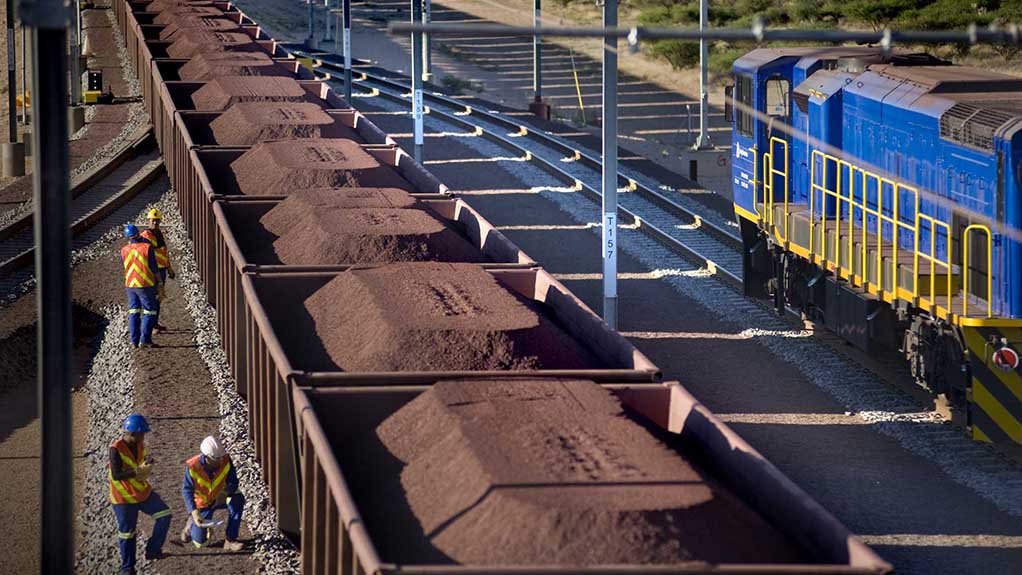
Mining News Pro - Iron-ore miner Kumba Iron Ore’s operations continued to perform well for the six months ended June 30, and production increased by 12% year-on-year, while sales increased by 3% year-on-year, reflecting the impact of rail constraints and periods of severe weather at the Saldanha Bay port.
Kumba’s production increased to 20.4-million tonnes, driven by good ex-pit ore and plant performance, while sales increased to 19.5-million tonnes, on the back of a 5% increase in export sales to 19.4-million tonnes, partly offset by a 300 000 t decrease in domestic offtake to 100 000 t.
Finished stock levels increased to 6.1-million tonnes, with 1.7-million tonnes at the Saldanha port.
The miner is, therefore, revising its full-year sales guidance lower by one-million tonnes to between 39-million and 40-million tonnes while maintaining its production guidance at between 40-million and 41-milion tonnes as Kumba continues to build up stock at the port.
CE Themba Mkhwanazi said on July 20 that Kumba’s performance in the first half of the year “demonstrates the company’s operational strength, underpinned by its strong commitment to safety and health”.
His comment follows on the back of the miner celebrating more than five years without a fatality as the company continues to protect its workforce and support its communities throughout the Covid-19 pandemic.
"As the iron-ore market strengthened, we have seen a strong and sustained demand for our high-quality products. We achieved an average realised price of $220/t in the first half of the year, well above the benchmark price of $166/t, driven by our focus on optimising the value of our products for the long-term benefit of all our stakeholders," Mkhwanazi said.
MINING AND PRODUCTION
Mining activities for Kumba improved during the second quarter following weather-related stoppages and equipment reliability challenges in the first quarter.
The improvement related to an extensive dewatering campaign and the implementation of alternative shovel deployment strategies to mitigate the residual effects of excessive rainfall, which had resulted in waterlogged clay material impacting on mining in the pre-strip area, Kumba explained, noting that these changes led to a turnaround in waste performance with positive results from the end of May.
During the period, total waste stripping increased by 4% to 98.5-million tonnes, driven by an 18% increase at Kolomela to 30.8-million tonnes, including a 7.4-million-tonne contribution from Kapstevel South.
Waste stripping at Sishen decreased marginally to 67.7-million tonnes.
Performance in the second quarter reflected the benefit of the mine recovery plan at Sishen, resulting in waste stripping increasing by 22% to 54.3-million tonnes and by 23% compared with the 44.2-million tonnes achieved in the first quarter.
Kumba’s production benefited from a solid start to the year, underpinned by improved plant availability. Sishen's production increased by 11% to 13.9-million tonnes and Kolomela’s output by 14% to 6.4-million tonnes for the first six months of the year.
Relative to the second quarter in 2020, which was impacted by Covid-19-related disruptions, production in the second quarter of this year increased by 14% to 9.8-million tonnes.
However, compared with the 10.6-million tonnes achieved in the first quarter of this year, production reduced by 7% as Kumba managed down high stock levels that had built up at the mines owing to rail constraints.
During this period, scheduled maintenance was brought forward in line with the miner’s focus on improving plant reliability.
LOGISTICS, SALES AND MARKETING
Rail performance recovered in May and June, reflecting the benefit of interventions implemented to increase capacity and improve turnaround times.
The recovery has contributed to a more balanced value chain as finished stock at Saldanha increased to 1.7-million tonnes relative to total finished stock of 6.1-million tonnes.
Export sales increased by 5% to 19.4-million tonnes and by 12% compared with the second quarter of 2020.
Together with domestic sales of 100 000 t, total sales increased by 3% to 19.5-million tonnes.
However, the impact of rail constraints in the first four months and subsequent disruptions to shipments in June owing to equipment breakdown and inclement weather at the Saldanha port, led to a 10% quarter-on-quarter decrease in the second quarter of this year.
Kumba achieved an average lump:fine ratio of 69:31 and content of 64.1% iron.
Together with stronger iron-ore prices, the miner said, this combination of product attributes (including the lump premium that its product attracts in the market), translated into an average realised free-on-board (FOB) export iron-ore price of $216 per wet metric tonne (wmt), considerably outperforming the average benchmark Platts 62 index FOB price of $163/wmt.
Kumba will release its financial results for the six months on July 27.
Short Link:
https://www.miningnews.ir/En/News/615049
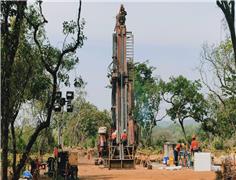
A prefeasibility study for Predictive Discovery’s (ASX: PDI) Bankan gold project in Guinea gives it a net present value ...
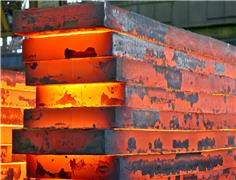
Iron ore futures prices drifted higher on Thursday as the latest soft data from top consumer China triggered renewed ...
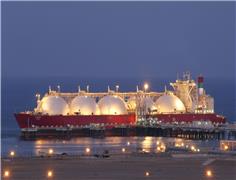
Vitol Group confirmed that it’s starting to rebuild a trading book for metals after a long stint out of the market, with ...
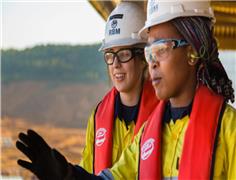
Rio Tinto said on Wednesday it is teaming up with a global venture studio and start-up investor to back the development ...
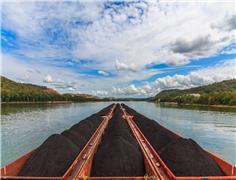
Outflows from global physically backed gold exchange traded funds (ETFs) continued for a 10th month in March, but at a ...
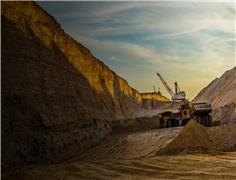
Australia’s Fortescue said on Monday it would form a joint venture with OCP Group to supply green hydrogen, ammonia and ...
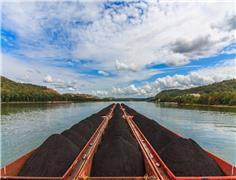
BMO Bank quietly dropped its policy restricting lending to the coal industry in late 2023, helping it avoid being ...

Mining News Pro - The ceremony of commemorating the tree planting day and the beginning of the afforestation project and ...
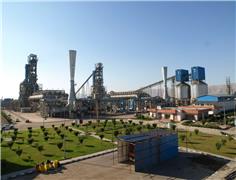
Mining News Pro - The DRI manager of Hormozgan Steel Company's said: According to the plans made in line with the ...
No comments have been posted yet ...